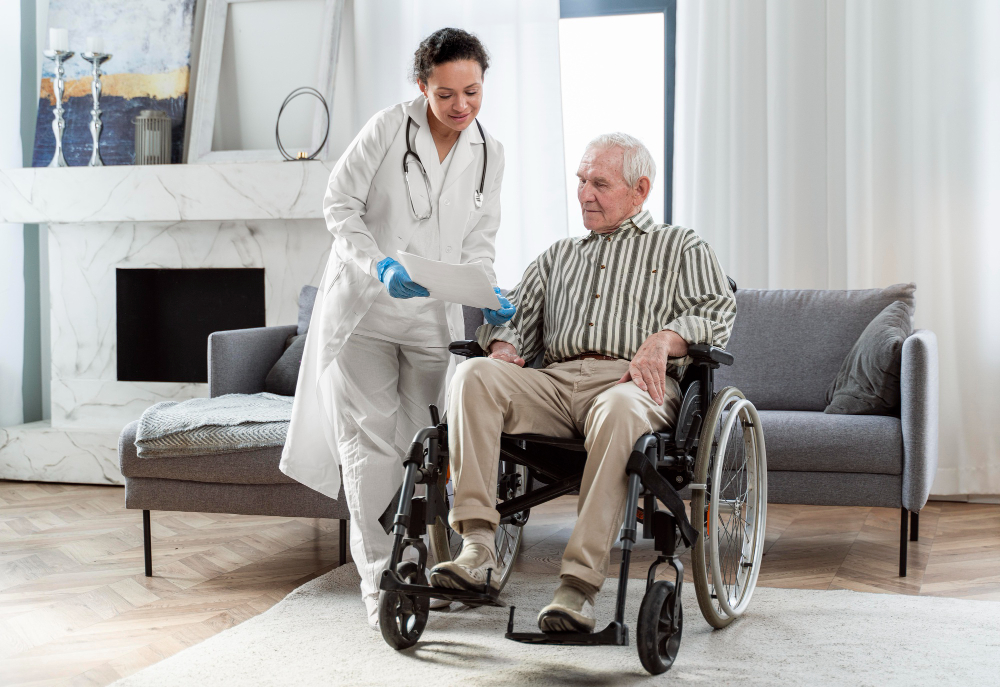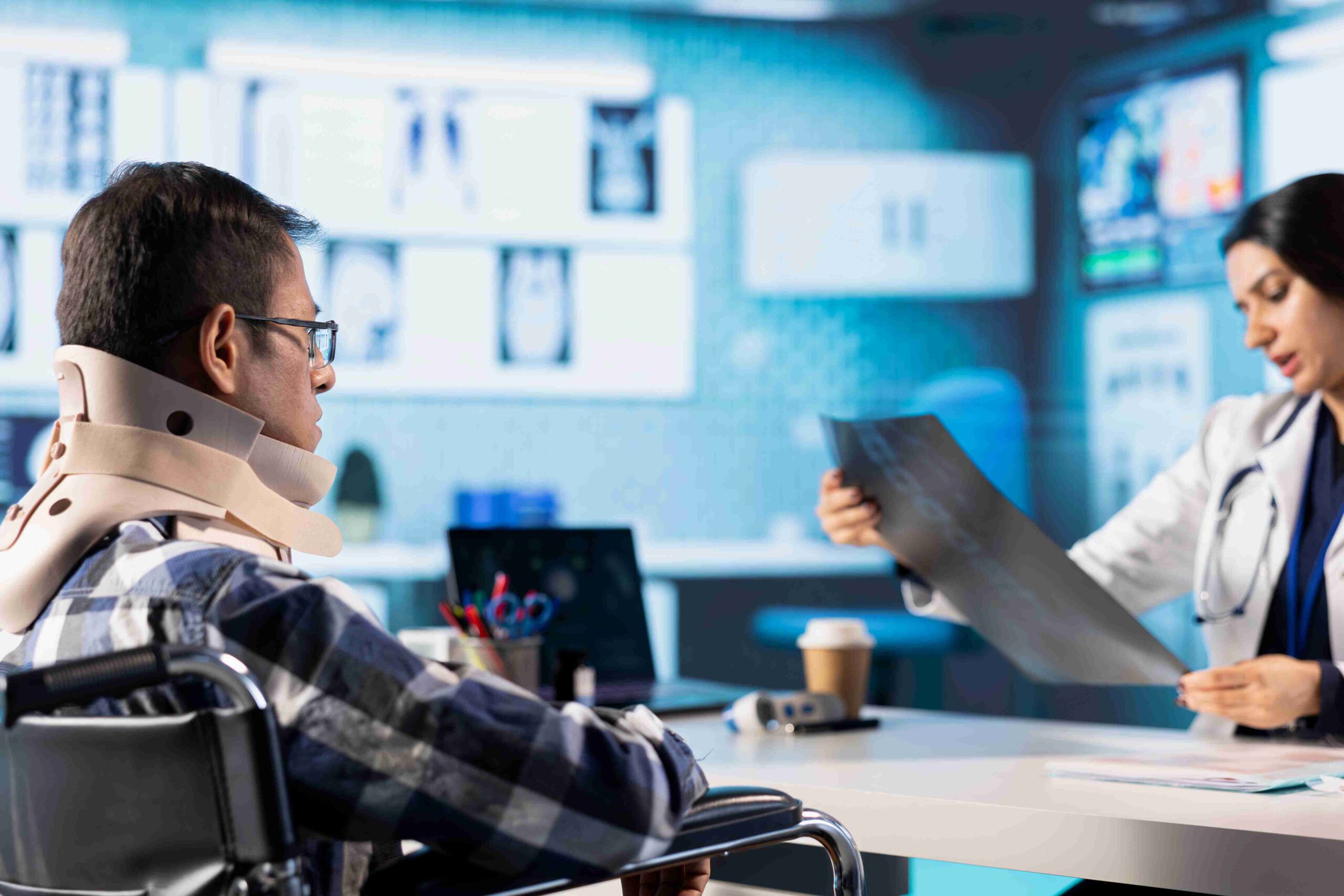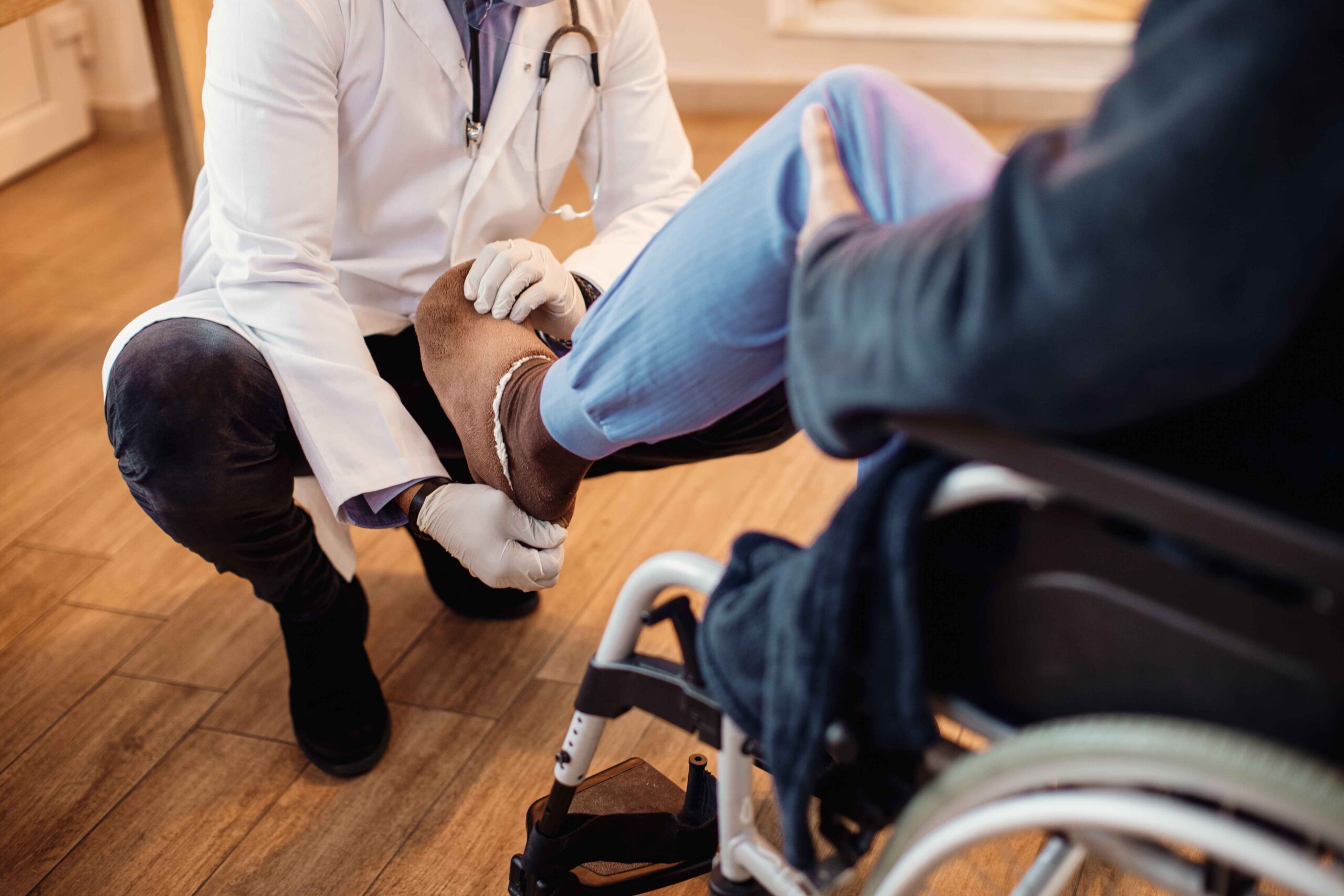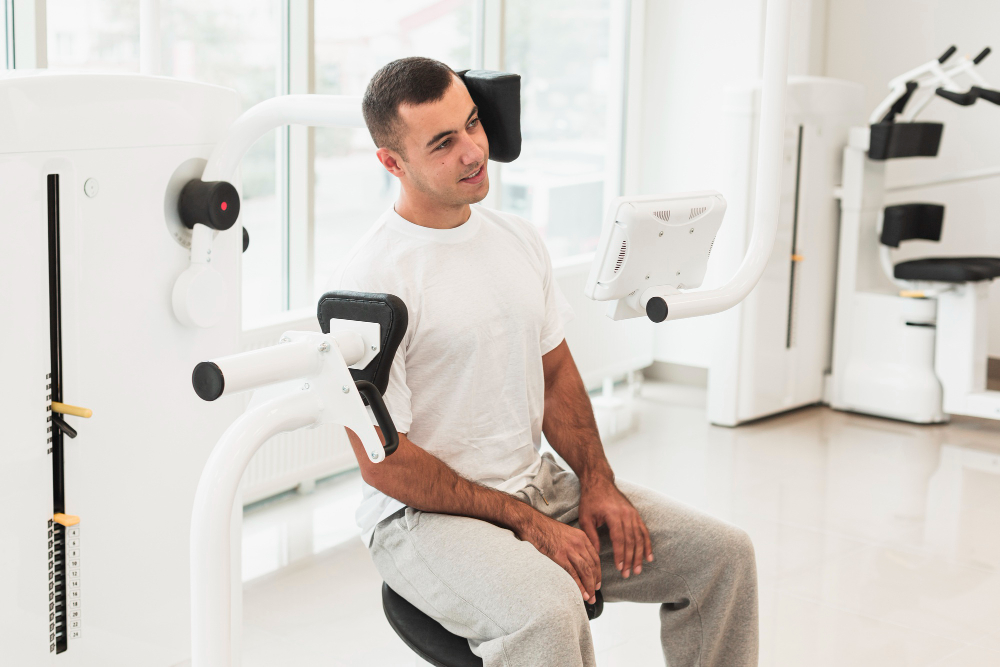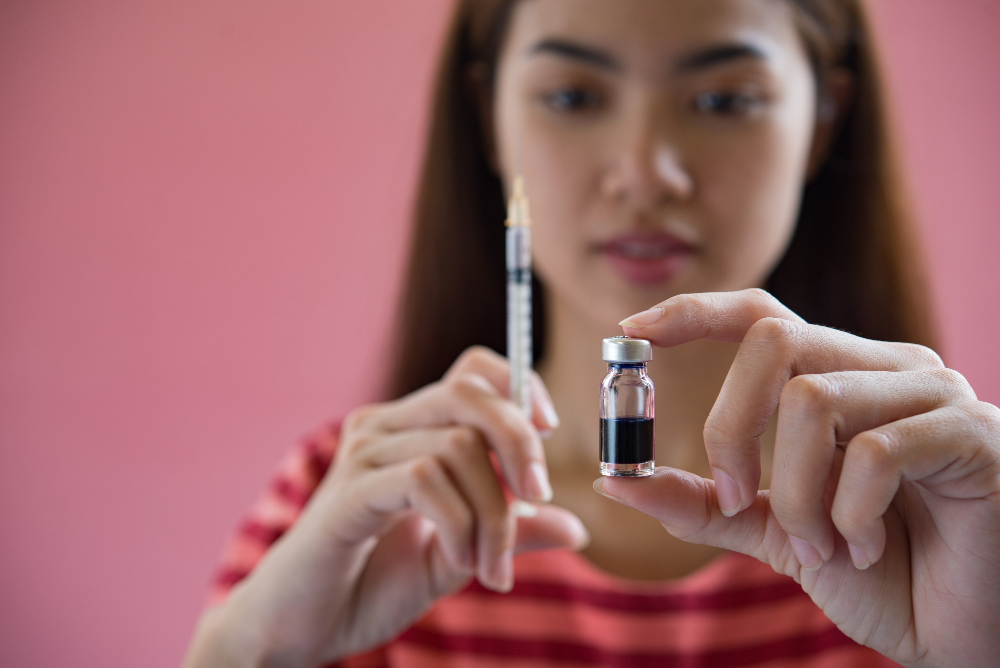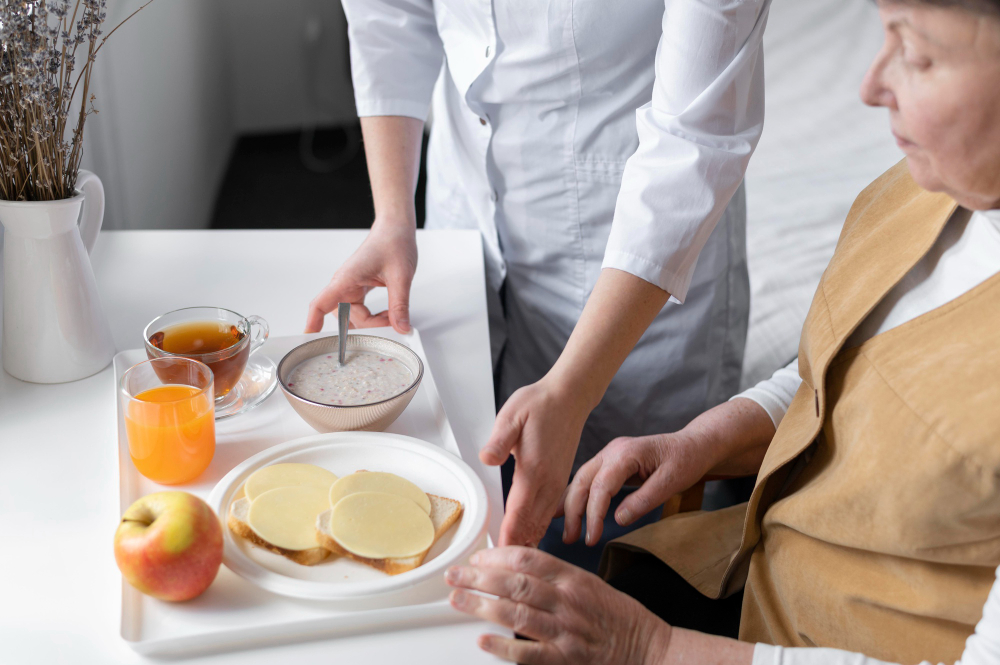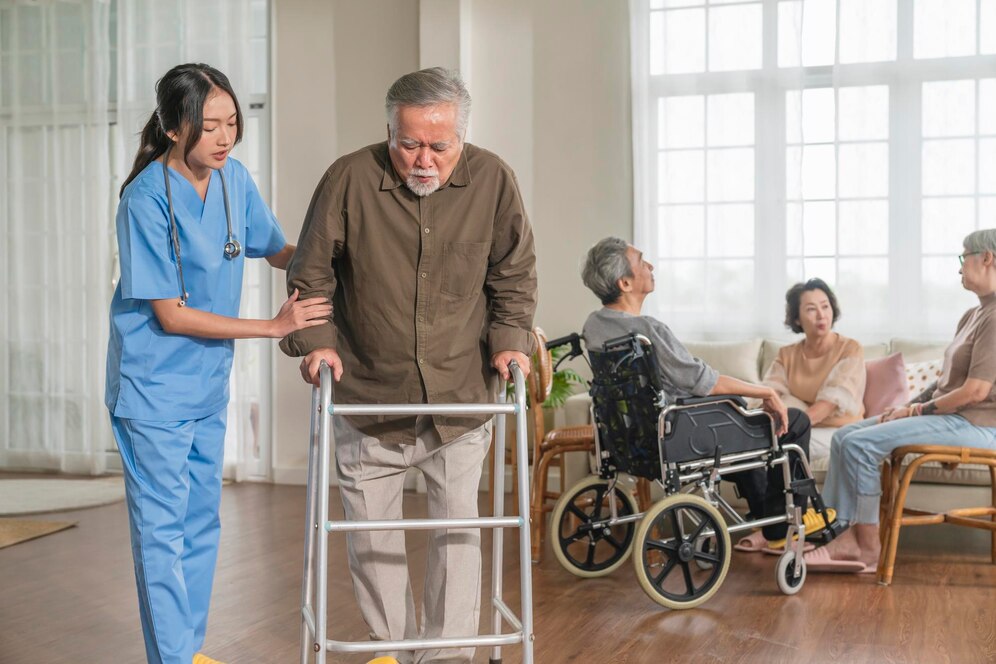
Last updated on by MRC
Ever wondered how individuals bounce back from setbacks like injuries or surgeries? Or how therapies like physical, occupational, and speech therapy work together to rebuild lives? Rehabilitation therapy is not just about recovery—they’re about rediscovering strength, independence, and a renewed sense of well-being. From regaining mobility to mastering daily tasks, these interventions cater to diverse needs, offering a pathway to holistic healing and a brighter tomorrow.
Let’s explore each type of rehabilitation treatment in greater detail, focusing on the different types of rehabilitation therapy and their unique approaches to recovery.
Physical therapy (PT) focuses on restoring physical function, mobility, and strength through tailored exercises and techniques. Therapists assess the patient’s condition and design personalized rehabilitation treatment plans to address specific needs, whether recovering from surgery, injury, or managing chronic conditions like arthritis.
Physical therapy often leads to significant improvements in physical capabilities, allowing patients to regain independence and participate more fully in daily life. Patients typically experience reduced pain levels, increased flexibility, and improved overall strength and endurance.
Physical rehabilitation therapy is commonly prescribed for:
Physical rehabilitation therapy is pivotal in restoring physical function and mobility, enabling individuals to resume their daily activities with confidence and reduced pain.
Occupational therapy (OT) focuses on helping individuals perform daily tasks and activities essential for independent living. OT practitioners assess functional abilities and provide interventions to enhance skills related to self-care, work, and leisure activities.
Occupational rehabilitation therapy fosters greater independence and quality of life by equipping individuals with skills to manage daily tasks effectively. Patients often achieve improved fine motor skills, cognitive abilities, and emotional well-being.
Occupational therapy is beneficial for:
Occupational therapy plays a vital role in enabling individuals to engage meaningfully in their daily routines and achieve greater independence in various aspects of life.
Cognitive rehabilitation therapy (CRT) focuses on improving cognitive functions such as memory, attention, problem-solving, and executive functions. CRT programs are tailored to each individual’s cognitive strengths and weaknesses, often involving structured exercises and strategies to promote brain health and function.
CRT can lead to significant improvements in cognitive abilities, allowing patients to better manage daily tasks, maintain employment, and participate in social activities. Patients often experience enhanced problem-solving skills, improved attention span, and increased confidence.
Cognitive rehabilitation treatment is beneficial for individuals recovering from:
Cognitive rehabilitation therapy offers hope and practical strategies for individuals facing cognitive challenges, promoting improved cognitive abilities and overall quality of life.
Speech therapy focuses on improving communication skills, including speech, language, and swallowing functions. Speech-language pathologists (SLPs) assess and treat a wide range of communication disorders and swallowing difficulties through targeted interventions and exercises.
Speech therapy helps individuals communicate effectively, promoting social interaction, educational achievement, and vocational success. Patients often achieve clearer speech, improved language abilities, and safer swallowing techniques.
Speech therapy is essential for individuals with:
Speech therapy empowers individuals by enhancing their ability to communicate effectively and safely, thereby improving their quality of life and social interactions.
Here’s a concise overview of key methods of rehabilitation:
These methods of rehabilitation are essential in promoting recovery, independence, and quality of life for individuals undergoing rehabilitation.
Looking for the best pain clinic in Kolkata? After exploring the various methods of rehabilitation that enhance recovery and quality of life, it’s essential to find specialized centers that cater to specific needs like pain management.
Medical Rehabilitation Center (MRC) is a leading facility for pain management and paralysis treatment in Kolkata. It distinguishes itself as one of the city’s premier stroke rehabilitation centers, providing indoor rehabilitation services. MRC integrates neuro-orthopedics in a non-governmental setting, offering specialized equipment and therapies designed for paralytics and individuals with multiple disabilities. Their comprehensive approach includes innovative tools such as stand-in-frames, balancing boards, and biofeedback machines, alongside dedicated physiotherapy, speech therapy, and psychotherapy sessions.
The center ensures ongoing care with regular check-ups by physiatrists and rehabilitation specialists who adjust programs based on individual progress and medical needs. MRC’s commitment to holistic care extends to managing associated medical and psychological conditions effectively, ensuring patients receive comprehensive support tailored to their unique circumstances. For those seeking top-tier rehabilitation and pain management services in Kolkata, Medical Rehabilitation Center stands as a beacon of excellence and compassionate care.
What types of conditions do rehabilitation therapies treat?
Rehabilitation therapies address conditions like stroke, traumatic brain injury, orthopedic injuries, spinal cord disorders, and neurological conditions such as multiple sclerosis.
How do I choose the right rehabilitation therapy?
The choice of rehabilitation therapy depends on your specific condition and treatment goals. Consultation with a physiatrist or rehabilitation specialist helps determine the most suitable therapy for your needs.
What happens during a rehabilitation therapy session?
Sessions typically involve tailored exercises and activities to improve physical function, cognitive abilities, or communication skills. Each session is designed to support progress towards recovery goals effectively.
